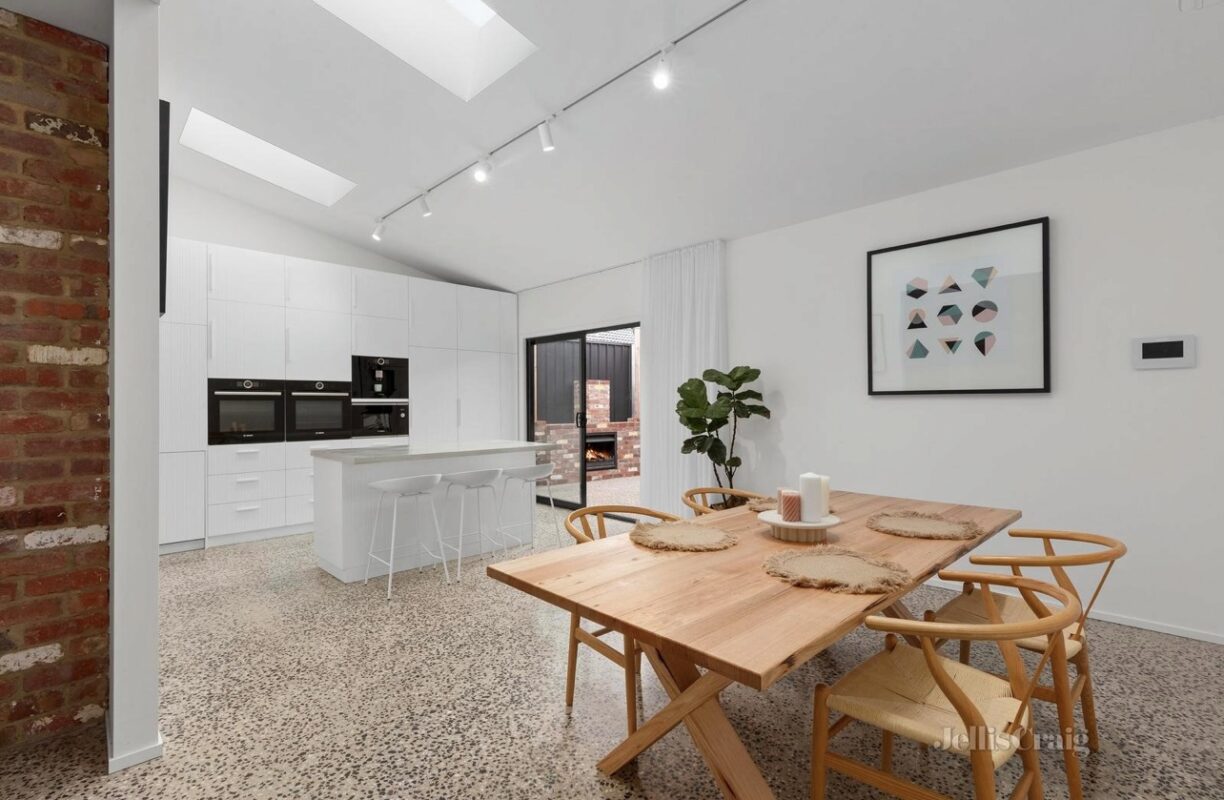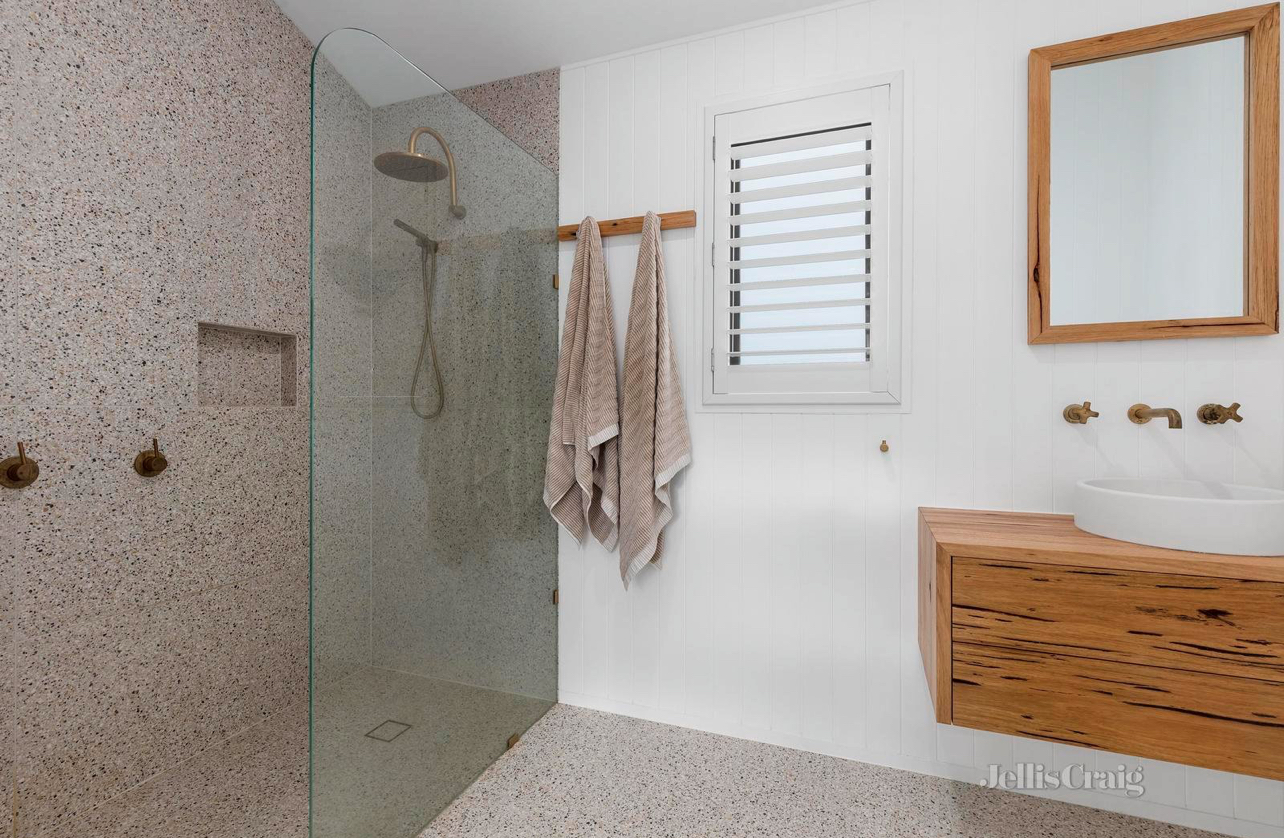The Design Process Behind Timber Furniture
Creating timber furniture isn’t just about shaping wood into functional pieces; it’s an art form that blends craftsmanship, creativity, and a deep appreciation for natural materials. From selecting the perfect timber to refining the smallest details, the design process is a journey that results in pieces that are not only beautiful but also enduring.
1. Inspiration and Conceptualisation
Every piece of timber furniture begins with an idea. Whether it’s inspired by nature’s forms, architectural styles, or the desire to solve a specific functional need, the design process starts with conceptualisation. Designers envision how the piece will look, feel, and function within its intended space, considering factors like aesthetics, ergonomics, and usability.
2. Material Selection
Timber selection is a critical aspect of the design process. Designers carefully choose wood species based on their grain patterns, colour variations, durability, and suitability for the intended use of the furniture. Each timber species has its own unique characteristics that contribute to the overall look and feel of the finished piece, from the rich warmth of walnut to the clean lines of maple.
3. Sketching and Prototyping
Once the concept and timber selection are determined, designers often begin with sketches to explore different shapes, proportions, and details. These initial drawings help visualise the furniture’s form and structure. From there, prototypes may be created to test functionality, refine design elements, and ensure that the piece meets both aesthetic and practical standards
4. Refinement and Detailing
The devil is in the details when it comes to timber furniture. Designers meticulously refine every aspect, from joinery techniques to surface finishes. Details such as dovetail joints, hand-carved accents, and precisely crafted edges enhance the furniture’s craftsmanship and visual appeal. Attention is also given to finishes that protect the wood while enhancing its natural beauty, whether it’s a matte oil finish that brings out the grain or a polished lacquer for a sleek modern look.

5. Construction and Assembly
Crafting bathroom timber furniture involves skilled craftsmanship and precision. Experienced artisans transform raw timber into refined pieces using traditional woodworking techniques or modern machinery. Each component is carefully cut, shaped, sanded, and assembled with care to ensure structural integrity and longevity. Quality control measures are implemented throughout the construction process to maintain high standards of craftsmanship.
6. Final Presentation and Feedback
The culmination of the design process is the presentation of the finished timber furniture. Whether showcased in a showroom, exhibited at a design fair, or photographed for an online catalogue, each piece is presented to highlight its craftsmanship, design integrity, and unique character. Feedback from clients and industry professionals provides valuable insights for future designs and improvements, ensuring continuous innovation and customer satisfaction.
Conclusion
Artistry in Wood
Designing custom timber furniture, such as custom cabinets, is a labour of love that celebrates the natural beauty and versatility of wood. From the initial spark of inspiration to the meticulous crafting of each detail, the design process transforms raw materials into heirloom-quality pieces that enrich living spaces with warmth, character, and timeless elegance. Whether it’s a sleek modern chair or a rustic farmhouse table, timber furniture embodies the artistry and craftsmanship that define exceptional design.
Ready to bring the beauty of timber into your home? Explore our collection of handcrafted furniture and discover the perfect piece to complement your style and space.
